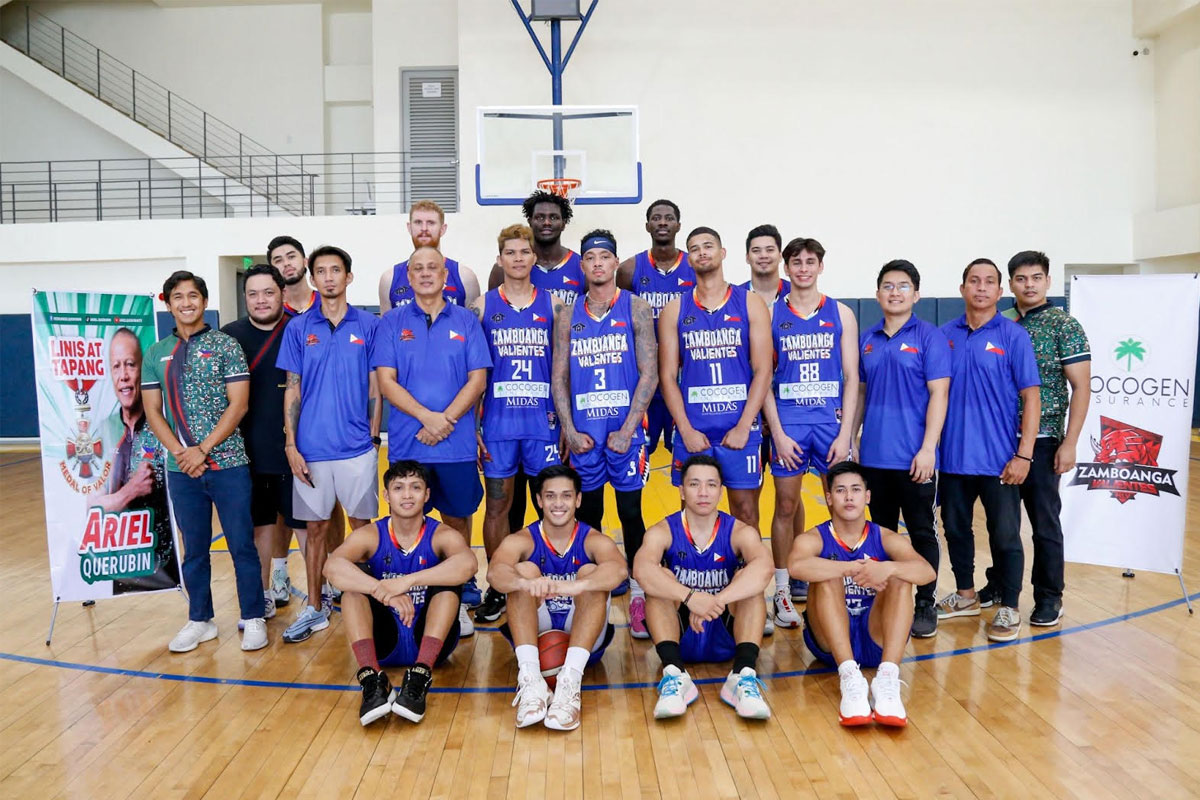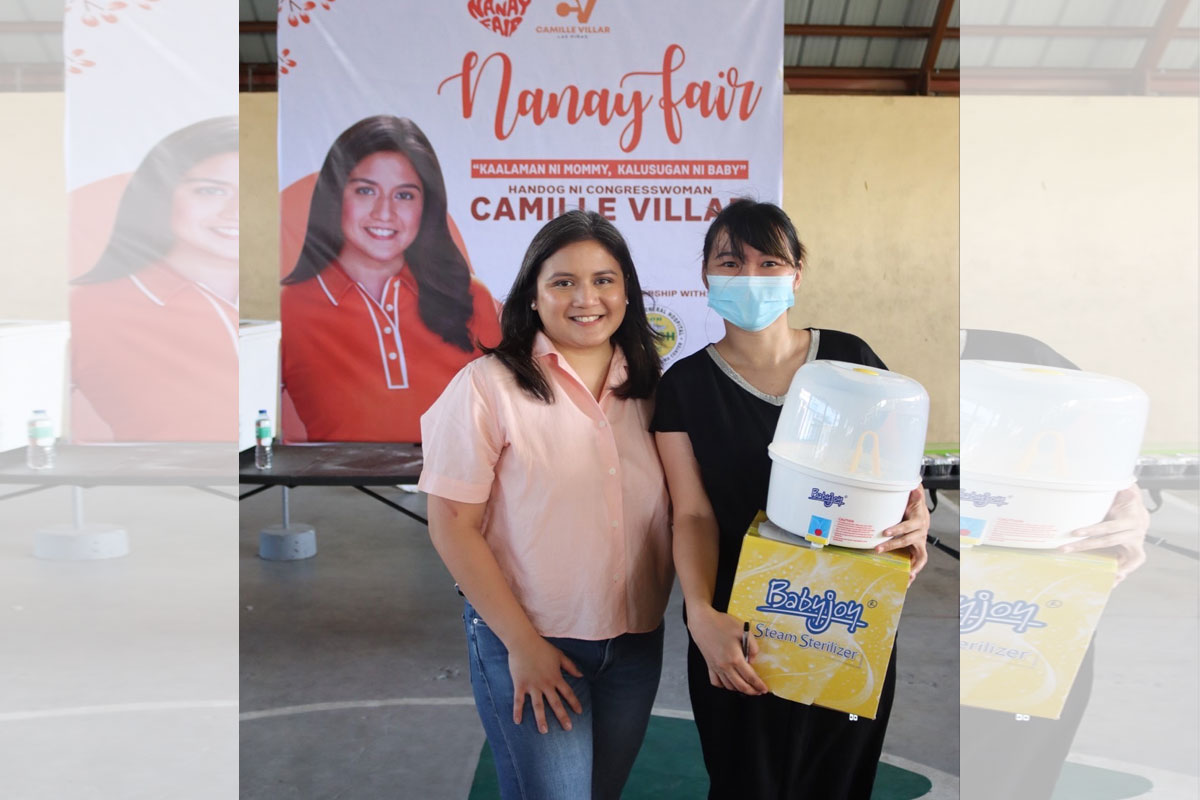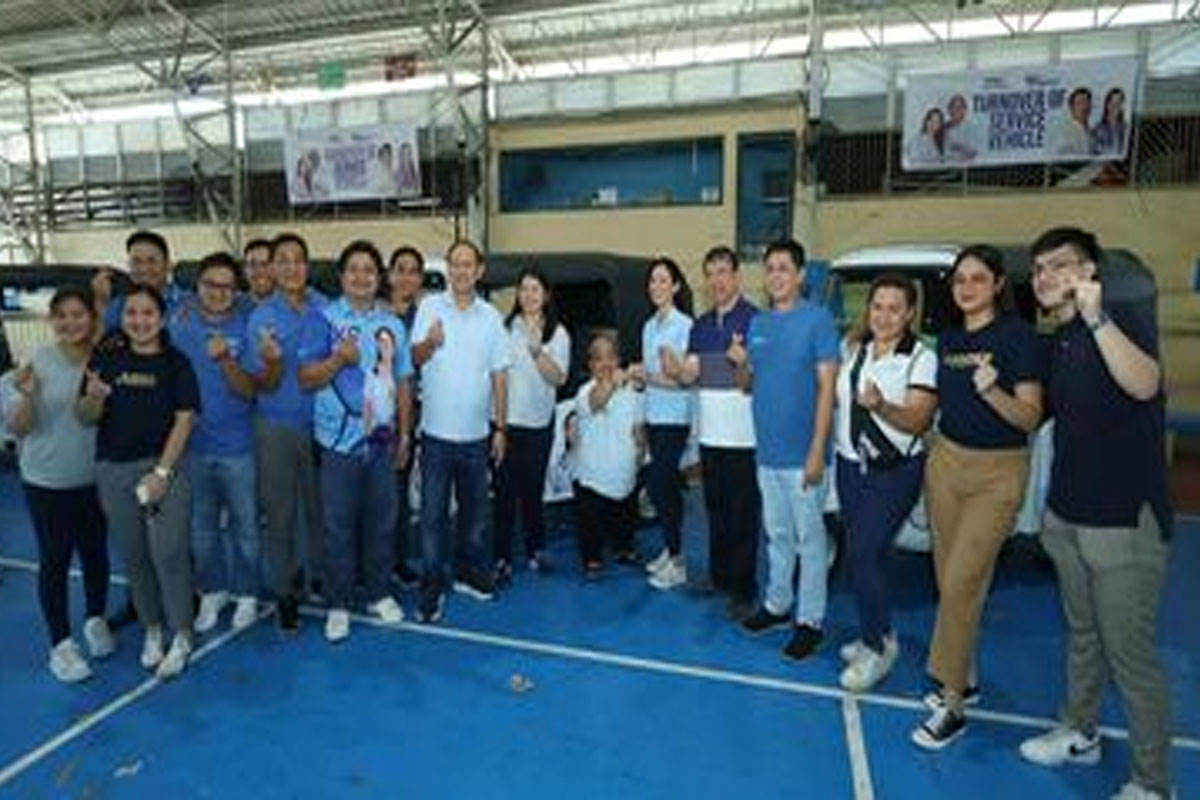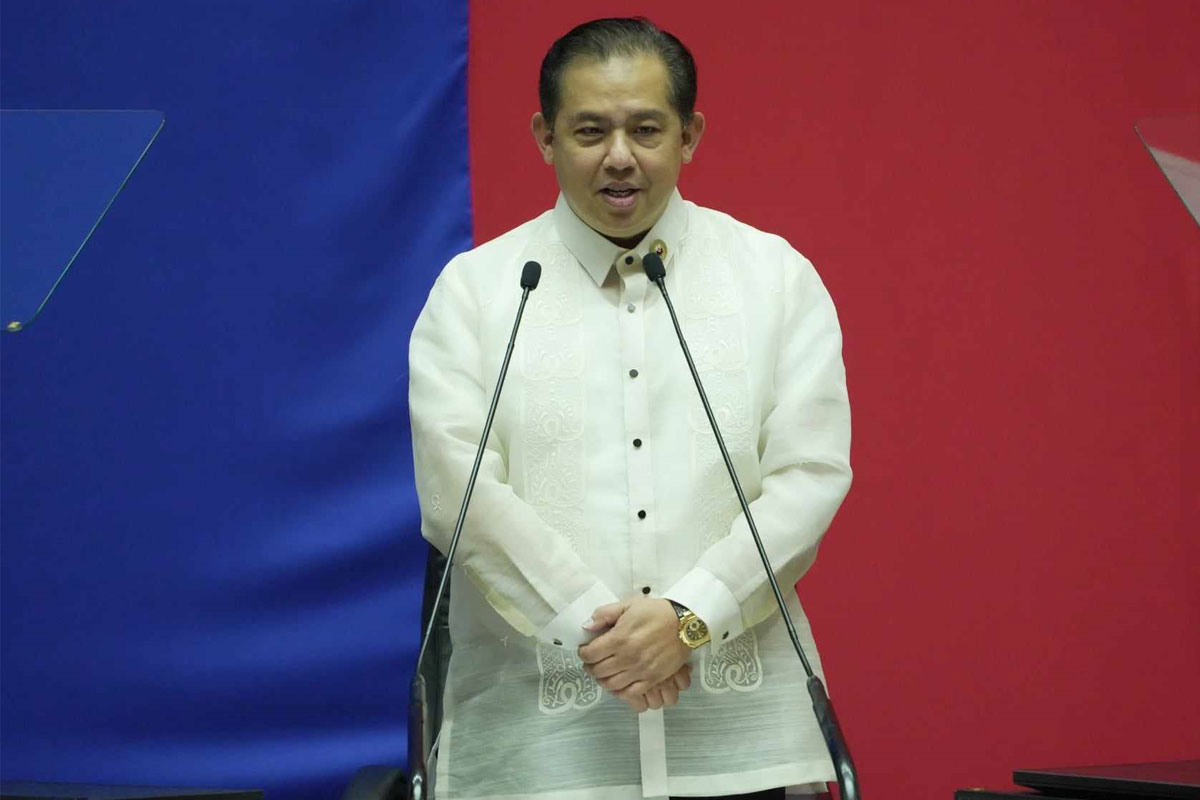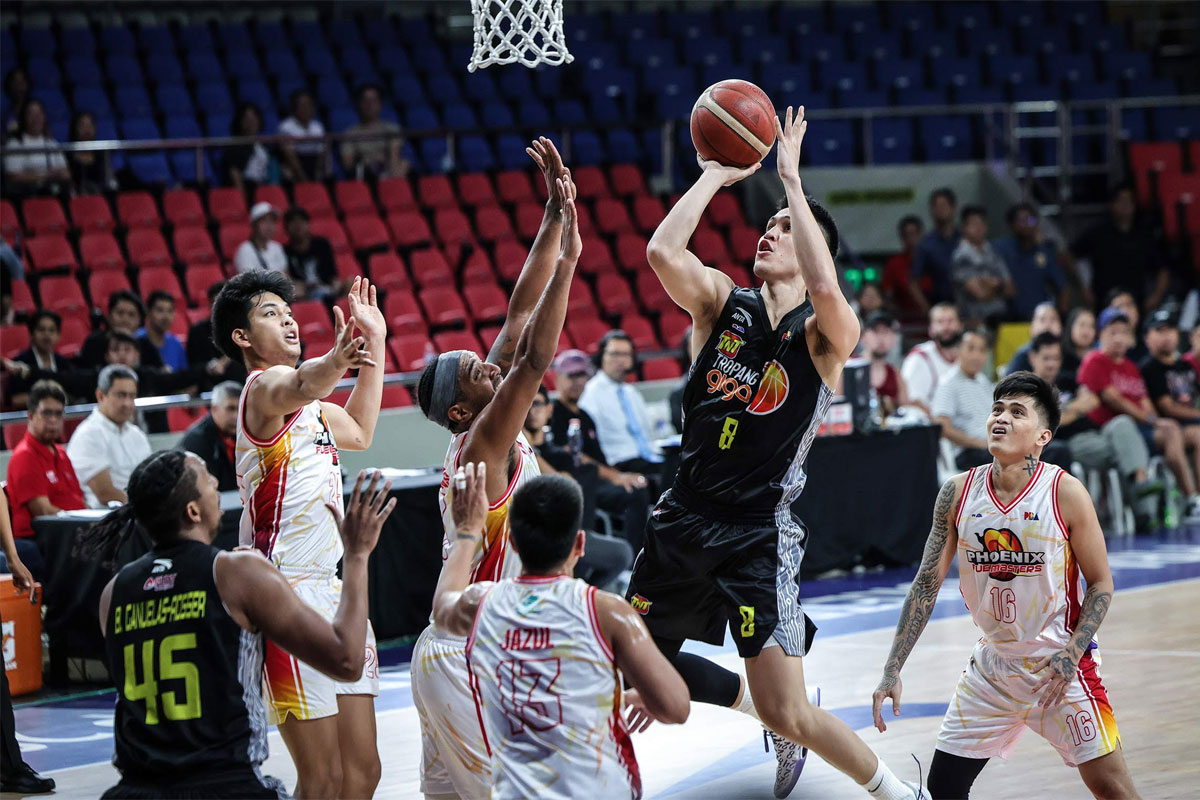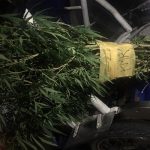
1st trial run of 2nd tilapia hatchery in Laguna a success
THE first trial run of the second tilapia intensive hatchery in Los Baños, Laguna was successully conducted after it recorded a high hatching rate of 95 per cent.
The Bureau of Fisheries and Aquatic Resources (BFAR) regional office in CALABARZON reported that at present the hatchery has six fry triugh and hatching jars and can produce 300,000 fry in just three to five days.
BFAR National Director Eduardo Gongona said that with the successful trial, the hatchery now aims to complete four rounds of hatching per month.
He added that with 95% hatching rate and 80% survival of fry, the hatchery can produce around 960,000 fry in a month. In order to achieve this, more breeders will be required.
“As part of DA-BFAR’s Tilapia Commodity Program, the tilapia intensive hatchery project is expected to secure sustainable supply of fry/fingerlings, eventually helping our tilapia farmers to achieve masaganang ani at mataas na kita as envisioned by Agriculture Secretary William Dar. But aside from producing high volume of quality fry and fingerlings through the application of new technologies and cost-effective methodologies, the project aims to create a model hatchery that can boost production at minimum costs,” Gongona said.
Tilapia Intensive Hatchery is a type of artificial breeding of tilapia in which eggs are collected from the mouth of the female breeders, incubated in the Artificial Incubation System facility where they are placed in hatching jars until hatched and become swim-up fry for further rearing.
Gongona explained that this technology differs from the other type of hatcheries wherein the breeders spawn naturally in the breeding units and eggs are incubated and hatched in the mouth of female breeders, then released from the mouth as swim-up fry. Production in Intensive Hatchery is uniform in size and higher compared to traditional method. The economic return is also faster because production can be disposed earlier.
The BFAR 4A first successfully applied the tilapia intensive hatchery technology in May 2019 at its Freshwater Demonstration Fish Farm (FDFF) located in Bay, Laguna. Said hatchery is now fully operational with the same high hatching rate of 95%.
It was only in 2016 that the intensive hatchery farming system was adopted by the government through DA-BFAR’s National Freshwater Fisheries Technology Center from the Aqua Farming Technology Inc. in California, USA. Since then, it has been replicated in thirteen (13) regions around the country.
In 2020, the total fry/fingerlings production for CY 2020 was about 208.35 million, based on the consolidated accomplishment reports from BFAR Regional Offices and National Centers, with most coming from BFAR NFFTC. The emergence of more tilapia intensive hatcheries around the country means more sources of fry and fingerlings in the coming years, eventually achieving the goal to supply the annual demand of 2.1 billion tilapia fingerlings.



